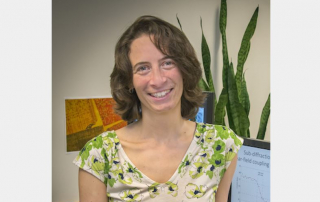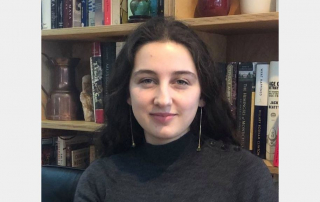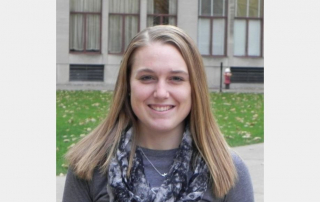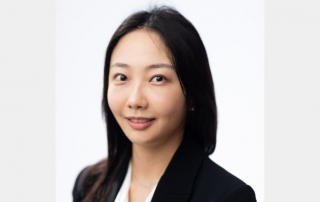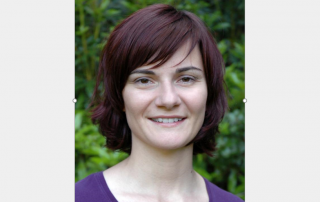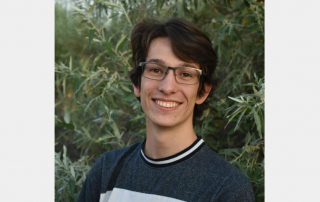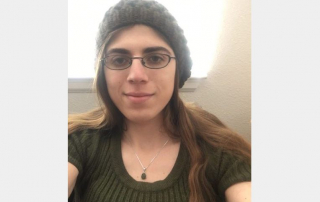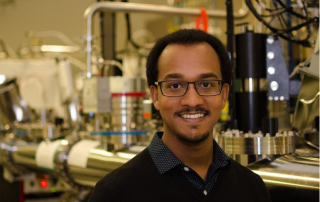Congrats to Naomi Ginsberg for Being Honored as Laird Lecturer at the University of British Columbia
Professor Naomi Ginsberg has been named Laird Lecturer at the University of British Columbia. The Laird Lecturer brings to the general public some of the excitement that leading physicists from all over the world have as they understand fundamentals and apply their special talents to solving many of today’s scientific and technological problems. Congratulations, Naomi!
